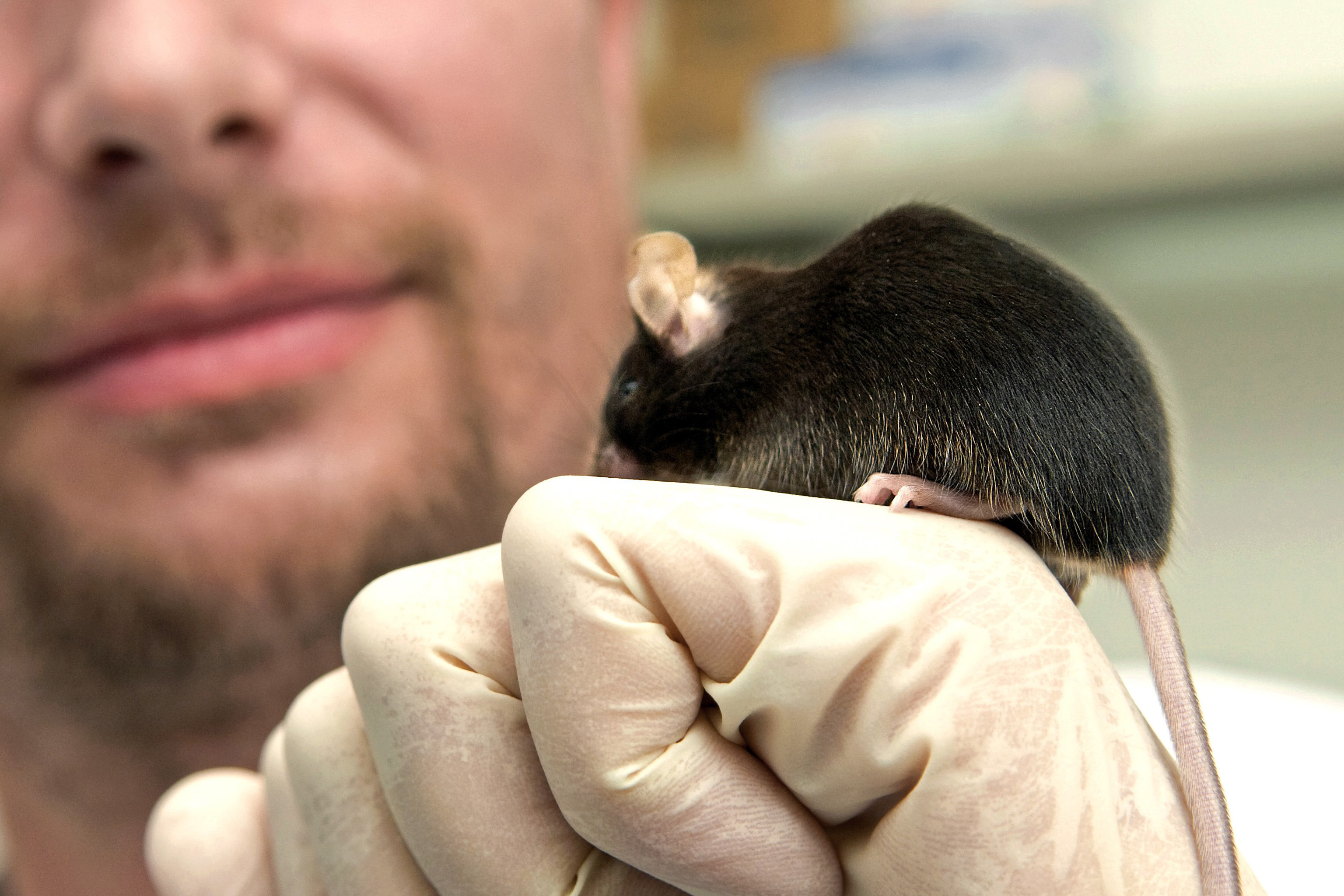Make an animal home
Build a simple animal home using natural or recycled materials, like a birdhouse, hedgehog shelter, or bug hotel, and learn habitat needs.



Step-by-step guide to make an animal home
2nd Grade Science Diorama Project - Habitat of Animals #diorama #animals #habitat #science #project
Step 1
Pick the animal you want to build a home for such as a bird a hedgehog or garden bugs
Step 2
Choose a safe sheltered spot outside for the home like against a fence under a shrub or on a dry porch ledge
Step 3
Gather the Materials Needed and bring them to your chosen work spot
Step 4
Prepare your container by cutting or opening an entrance with scissors or shears with adult help
Step 5
Line the bottom of the container with leaves moss or straw to make soft bedding
Step 6
Fill the container with sticks pinecones toilet-paper rolls and small stones to create lots of nooks and hiding places
Step 7
Make hollow bundles for insects by grouping toilet-paper rolls or bamboo tubes and tying them with twine
Step 8
Secure the materials inside the container by wrapping twine or covering openings with mesh
Step 9
Add a sloping roof or cover using cardboard wood or a plastic lid to keep the home dry
Step 10
Place and anchor the finished home in your chosen spot using stones or by tying it to something stable
Step 11
Watch quietly for visitors and fix anything that comes loose to keep the home safe and cozy
Step 12
Share a photo and a short description of your finished animal home on DIY.org
Final steps
You're almost there! Complete all the steps, bring your creation to life, post it, and conquer the challenge!


Help!?
What can we use instead of toilet-paper rolls, bamboo tubes, twine, or mesh if those items are hard to find?
If you can't find toilet-paper rolls or bamboo tubes for hollow bundles, substitute tightly rolled cardboard or paper-towel tubes and use old nylon stockings, string, or zip ties instead of twine or mesh when you 'Make hollow bundles' and 'Secure the materials inside the container'.
What should we do if the materials keep falling out or the home blows away after we place it?
If stuffing falls out or the home moves, follow the 'Secure the materials' and 'Place and anchor' steps by wrapping twine or covering openings with mesh, and anchor the finished home with heavy stones or tie it to something stable to prevent collapse or wind damage.
How can this activity be adapted for different ages?
For toddlers let them gather leaves and press bedding into the container while adults skip cutting, and for older children (8+) let them use scissors or shears with supervision to cut the entrance, make hollow bundles with twine, and build a sloping roof.
How can we extend or personalize the animal home after it's built?
Enhance the home by adding native plant bedding like extra moss and leaves, attaching a painted sign with the chosen animal, installing a small camera or observation log to watch visitors, and then share a photo and short description on DIY.org as the final step.
Watch videos on how to make an animal home
what is a habitat for kids | what is a habitat grade 4 | animal habitat project
Facts about wildlife habitats
♻️ Old pallets, tin cans, and cardboard can be upcycled into sturdy animal homes — helping wildlife and keeping waste out of landfills.
🌿 A healthy habitat gives animals three big things: shelter, food nearby, and the right temperature/moisture — that’s why placement matters!
🦔 Hedgehogs build leaf nests for shelter and will happily use a hedgehog house to stay safe and warm.
🐝 Insect hotels attract solitary bees and other helpful insects; some bees nest in hollow stems or holes bored into wood.
🐦 Many small birds like blue tits and chickadees will move into nest boxes if the entrance hole is the right size (about 25–32 mm).
How do I build a simple animal home with my child?
What materials do we need to make a birdhouse, hedgehog shelter, or bug hotel?
What ages is this activity suitable for?
What safety tips should I follow when making an animal home?


One subscription, many ways to play and learn.
Only $6.99 after trial. No credit card required



